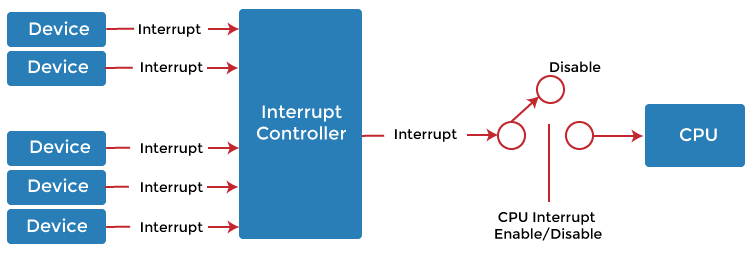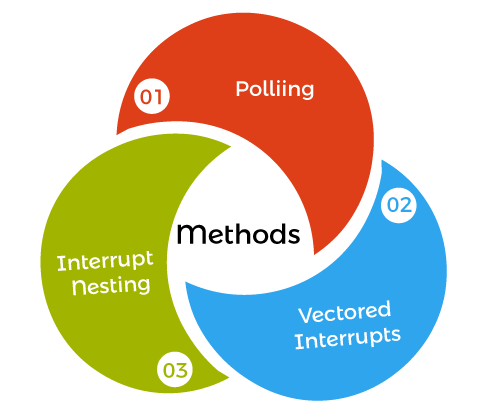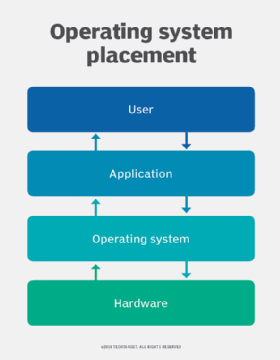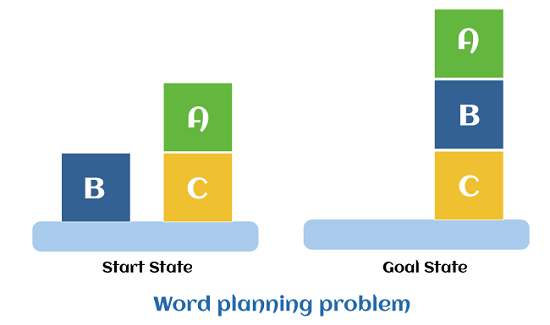Grammar is the backbone of any language. It provides structure, clarity, and coherence to our communication. Learning to learn grammar is a foundational skill that can significantly impact your ability to speak, write, and understand a language effectively. In this article, Kelasedu will delve into the significance of mastering grammar, offer detailed examples, discuss various aspects, and address frequently asked questions to help you understand the importance of grammar in language learning.
Table of Contents:
-
- Introduction
-
- Why Learning Grammar Matters
-
- Understanding Grammar
-
- The Building Blocks of Grammar
-
- The Role of Grammar in Effective Communication
-
- Examples of Correct and Incorrect Grammar Usage
-
- How to Learn Grammar Effectively
-
- Study Guides and Resources
-
- FAQ (Frequently Asked Questions)
-
- Conclusion
1. Introduction
Grammar is the set of rules that govern the structure and composition of sentences in a language. It encompasses the proper use of words, their forms, and their relationships within sentences. Mastering grammar is essential for effective communication, whether you are speaking, writing, or interpreting text.
2. Why Learning Grammar Matters
Learning grammar is crucial for several reasons:
-
- Clarity: Correct grammar ensures that your message is clear and easily understood. Ambiguity can arise when grammar rules are not followed.
-
- Precision: Grammar allows for precision in conveying ideas. The correct choice of words and their arrangement helps you express your thoughts accurately.
-
- Coherence: Proper grammar creates a cohesive narrative, making it easier for readers or listeners to follow your train of thought.
-
- Professionalism: In academic and professional settings, grammatical errors can reflect poorly on your competence.
3. Understanding Grammar
To understand the importance of learning grammar, it’s essential to grasp the fundamental elements of grammar:
4. The Building Blocks of Grammar
a. Parts of Speech
Words are categorized into parts of speech based on their functions within sentences. The main parts of speech include nouns, pronouns, verbs, adjectives, adverbs, prepositions, conjunctions, and interjections.
b. Sentence Structure
Sentence structure refers to the way words are arranged to form complete sentences. Proper structure includes subjects, verbs, and objects or complements. Different languages may have distinct rules for sentence structure.
c. Tenses
Tenses indicate the time frame in which an action occurs. English uses past, present, and future tenses, and mastering them is crucial for effective communication.
d. Punctuation
Punctuation marks, such as commas, periods, semicolons, and question marks, are essential for conveying meaning and structure in written language.
5. The Role of Grammar in Effective Communication
a. Clarity
Correct grammar enhances the clarity of your message. For example, consider the sentence “Let’s eat, Grandma.” Punctuation can be a lifesaver: “Let’s eat Grandma.” The placement of a comma makes a world of difference.
b. Precision
The right choice of words and proper grammar ensures precision. For instance, compare “I helped my uncle, Jack, off a horse” with “I helped my uncle jack off a horse.” The capitalization and punctuation clarify the action.
c. Coherence
Coherence refers to the logical flow of ideas in your writing. Proper grammar helps connect ideas smoothly. Incoherent writing can confuse readers.
6. Examples of Correct and Incorrect Grammar Usage
a. Subject-Verb Agreement
Correct: “She is going to the store.” Incorrect: “She are going to the store.”
b. Tense Consistency
Correct: “I went to the store yesterday, and I bought some fruit.” Incorrect: “I went to the store yesterday, and I buy some fruit.”
c. Apostrophe Usage
Correct: “The cat’s collar is red.” Incorrect: “The cats collar is red.”
7. How to Learn Grammar Effectively
Learning to learn grammar effectively is essential. Here are some tips:
a. Study Guides and Resources
Utilize grammar study guides, textbooks, and online resources. These provide explanations, examples, and exercises to practice.
b. Practice and Consistency
Practice writing and speaking regularly. Consistent practice helps reinforce grammar rules and improve your skills.
c. Seek Feedback
Request feedback from teachers, peers, or online writing communities. Constructive feedback can help identify and correct grammatical errors.
d. Use Technology
Leverage grammar-checking tools and language-learning apps, such as Grammarly, to correct and learn from your mistakes.
8. FAQ (Frequently Asked Questions)
Q: Is it necessary to be a grammar expert to communicate effectively? A: No, you don’t need to be a grammar expert, but having a solid understanding of grammar enhances your communication.
Q: What are the most common grammar mistakes people make? A: Common mistakes include subject-verb agreement errors, incorrect word usage, and missing or misused punctuation.
Q: Can I improve my grammar skills without formal education? A: Yes, many resources are available for self-study, including grammar books, online courses, and language apps.
9. Conclusion
Learning to learn grammar is a valuable skill that enhances your ability to communicate effectively. Grammar provides structure, clarity, precision, and coherence to your language. Whether you’re writing a school essay, a job application, or simply having a conversation, good grammar is essential. By understanding the fundamental elements of grammar and following best practices for learning, you can improve your language skills and become a more effective communicator.
Posted By KelasEdu, Pusat Materi Bahasa Inggris Terkini







